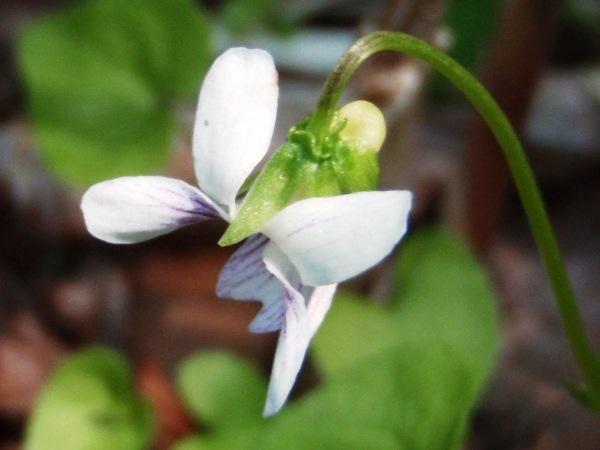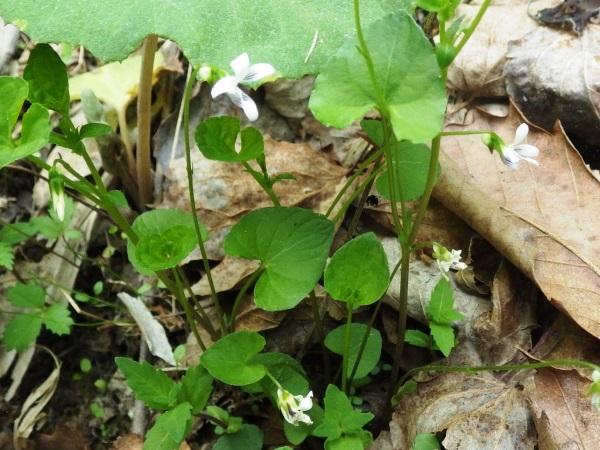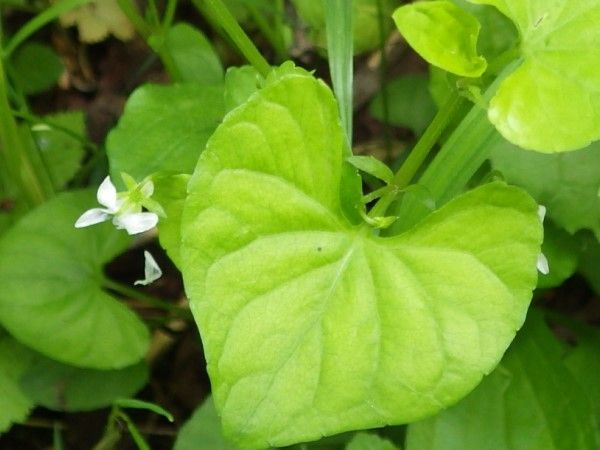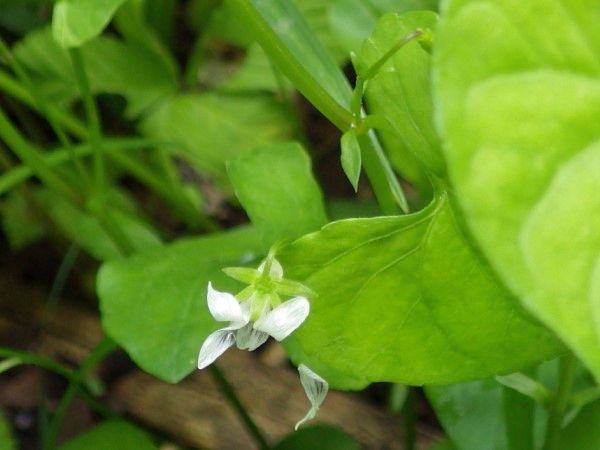(First upload on September 4 2012. Last on October 23 2018) [ 日本語 | English ]
Mount Usu / Sarobetsu post-mined peatland
From left: Crater basin in 1986 and 2006. Cottongrass / Daylily
HOME > Plant list (植物リスト) > Violaceae (スミレ科) > Viola verecunda
Viola L. (スミレ)Viola verecunda A. GrayTsubosumire (ツボスミレ, 坪菫), hidden violetNyoisumire (ニョイスミレ, 如意菫) Lifeform: deciduous perennial forb Distribution: East Asia, including Japan (Honshu - Hokkaido) Habitat: mesic sites, represented by wetlands var. fibrillosa (W. Becker) Ohwi (ミヤマツボスミレ) Distribution: alpine zones in the central Honshu Stem: producing roots after fallen var. semilunaris Maxim. (アギスミレ, 顎菫) Leaf: becoming in crescent shape after flowering, wetland type |
var. subaequiloba (Franch. et Sav.) F. Maek. (ヒメアギスミレ) Distribution: mountaineous forests in western Japan on a par with var. fibrillosa Leaf: boomerang-like var. yakushimana (Nakai) Ohwi (コケスミレ) Distribution: alpine wetlands, represented by Hananoegou (花之江河) bog in Yakushima Island f. candidissima M. Mizush. ex E. Hama et Nackej. (シラユキスミレ) f. lilacina Sugaya (サルクラスミレ) f. radicans Makino (ハイツボスミレ) Stem: innately producing roots from leaning stems f. variegata Honda (マダラツボスミレ) |
f. violascens Hiyama ex F. Maek. (ムラサキコマノツメ)
|
 1
1
 2
2
 3
3
 4
4
 5
5
 6
6
[1/2] at Meakan-Onneto Natural Forest, eastern Hokkaido, on June 25 2013. [3] near a Populus tremula forest in the Kyushu University Experimental Forest of Ashoro Town, June 5 2014. [4] along a walkboard in the post-mined peatland, Sarobetsu mire, on May 22 2016. [5/6] can be seen cleistogamous flowers, in the Uryu Experimental Forest of Hokkaido University, northern Hokkaido, where a field training was conducted, on June 26 2018. Records: in Maeda Forest Park on May 30 2020.